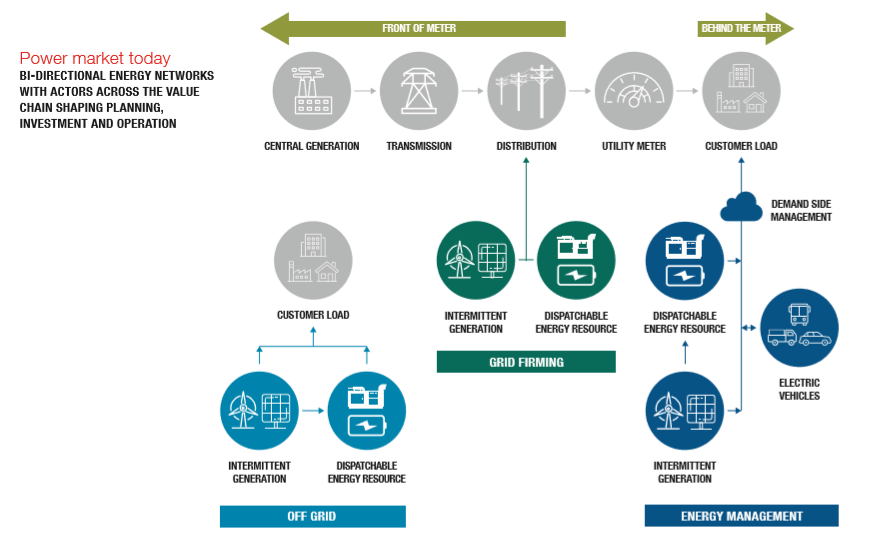Energy IQ : Three common use cases and deployments of distributed energy resources
By Aytek Yuksel, Content Marketing Leader - Power Systems

Distributed energy resources (DERs) are electricity-producing resources connected to the local electric distribution system. As the deployment of DERs continues growing worldwide, three common use cases of DERs are being employed globally.
Effectively in all three use cases, distributed generation introduces our electricity infrastructure and interconnected ecosystem of smaller power generation systems at or close to the point of consumption. The result of this proximity to consumption allows distributed generation systems to reduce the cost, complexity and inefficiency associated with transmission and distribution. For electricity customers, their emerging needs around sustainability and economics are also making distributed generation an important component of electricity infrastructure. In terms of sustainability, distributed generation offers the benefit of reduced emissions through integration of renewable sources with existing energy assets.
Below are three common distributed generation use cases with summarized benefits of each use case for electricity customers and energy market participants.
Use Case No. 1: Grid Firming
Grid firming is a front-of-the-meter application where the utility meter is located between the customer load and distributed energy resources (DER).

Direct energy market participants leverage grid firming to monetize their on-site power assets, including gas and diesel fueled generator sets. Energy market participants decide whether to utilize these on-site power assets by monitoring electricity demand and price in wholesale markets. For customers, grid firming provides the lowest levelized cost of electricity (LCOE) to support an inadequate grid.
Use case No. 2: Energy Management
Energy management is a behind-the-meter application where both the customer load and DERs are on the same side of, behind, the meter.
Energy management, like grid firming, offers the opportunity to monetize on-site power assets but extends this opportunity to electricity customers in addition to direct energy market participants. Customers of energy management applications can mitigate time of use charges and experience the monetization in the form of bill savings. Some customers also enjoy the self-sufficiency offered by energy management applications.
Use case No. 3: Off-Grid
Let’s focus on two benefits of off-grid use case. First, it enables the electricity customers to operate in areas where there is weak or no grid. In this case customers benefit from consistent, reliable electricity at lower operating cost. Second, customers seeking to add renewables deploy this use to build a hybrid system consisting of renewables and diesel or gas fueled generators. In this case, the key benefits for the customers are sustainability and in some cases avoidance of high electricity prices offered by the utility.
In this use case, a customer could be self-metering the electricity usage or sign a power purchase agreement with the electricity producer.
Read how Hawaii's largest craft brewery pursues grid independence for sustainability and to build a competitive edge
These three distributed generation use cases; grid firming, energy management and off-grid, all aim to fulfill the market’s increased expectations around reliability, sustainability and economics when it comes to purchasing electricity.
Author Profiles

Aytek Yuksel, Content Marketing Leader - Power Systems
Aytek is a marketing leader at Cummins, focusing on technology and thought leadership. Since joining in 2008, he has held various marketing roles and now shares insights on markets, technologies, and energy transition. Aytek lives in Minneapolis with his wife and two kids.
Related Tags